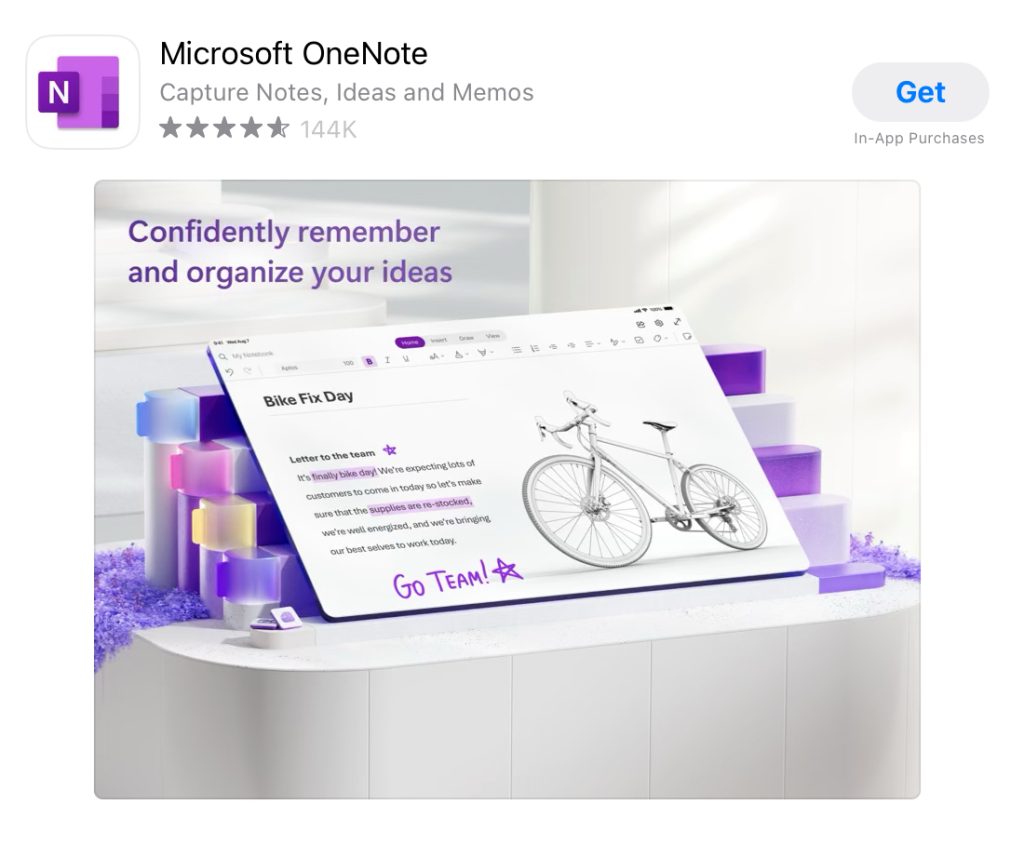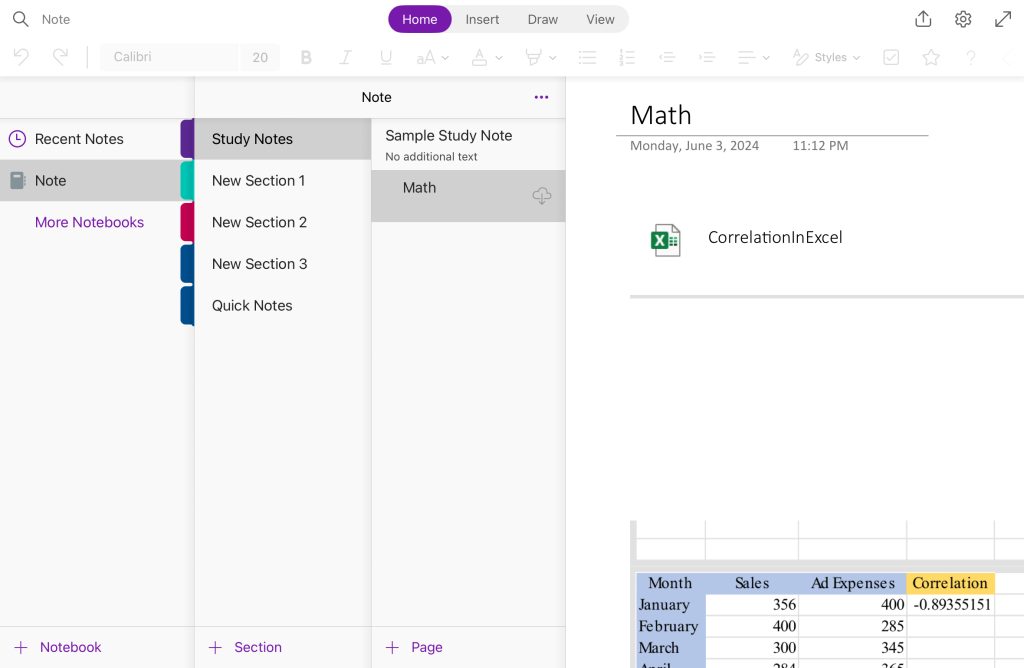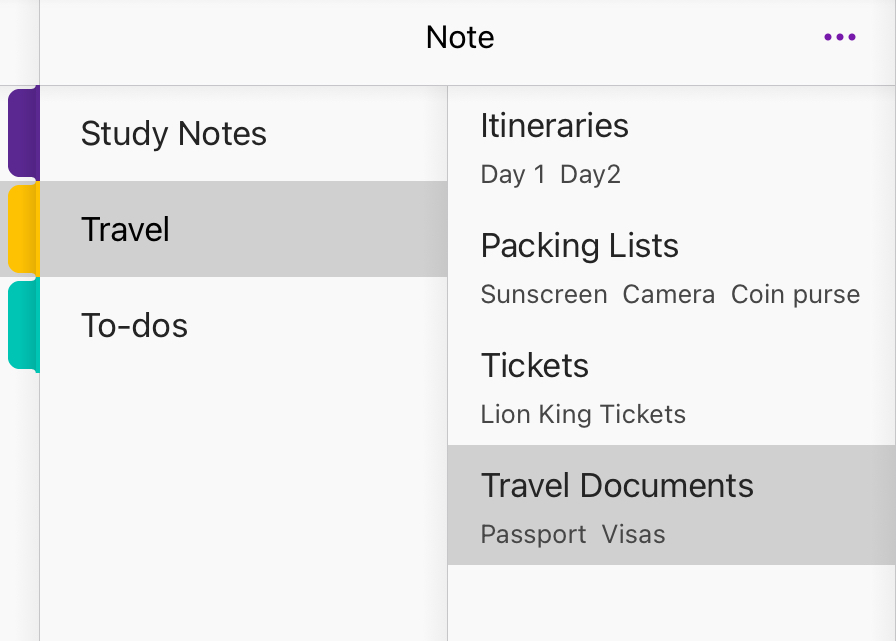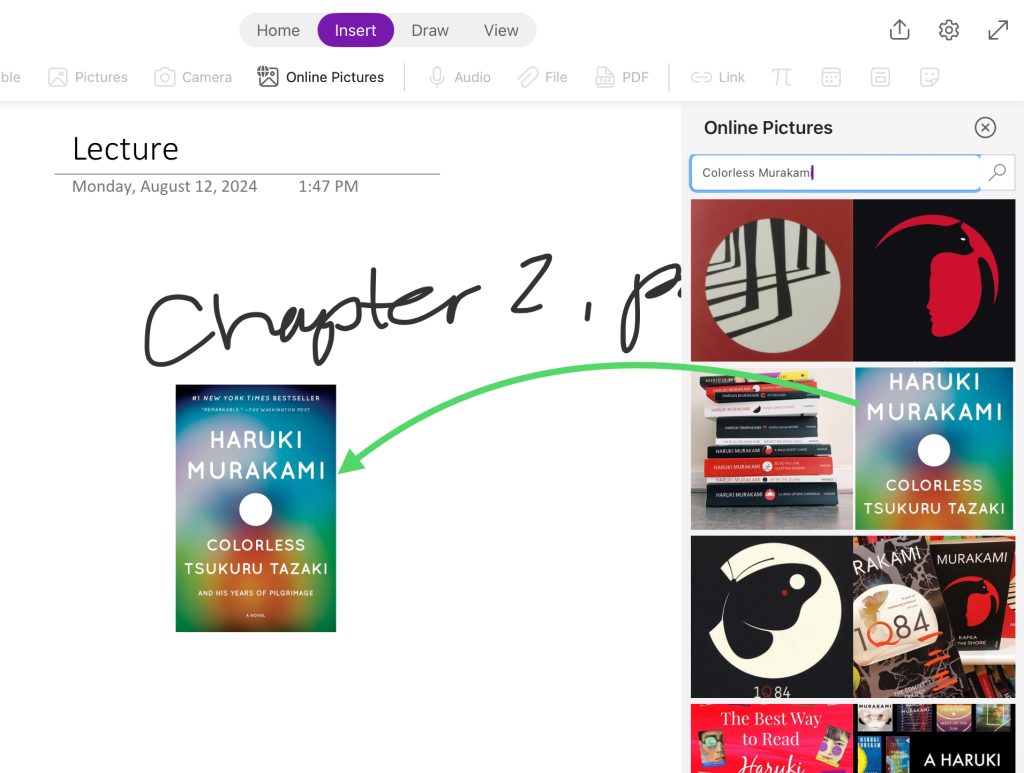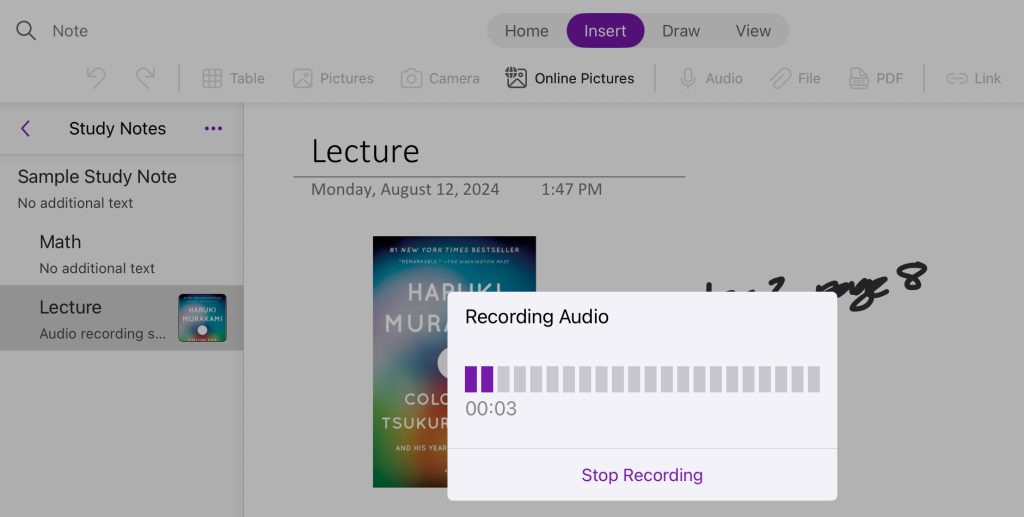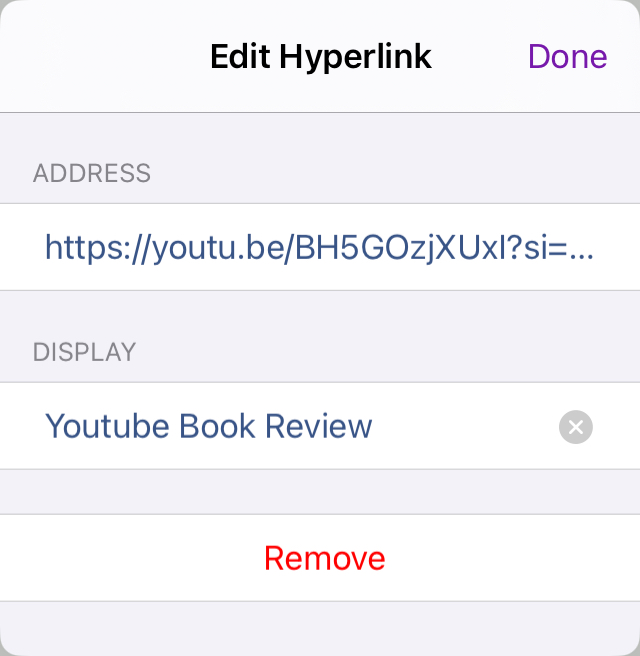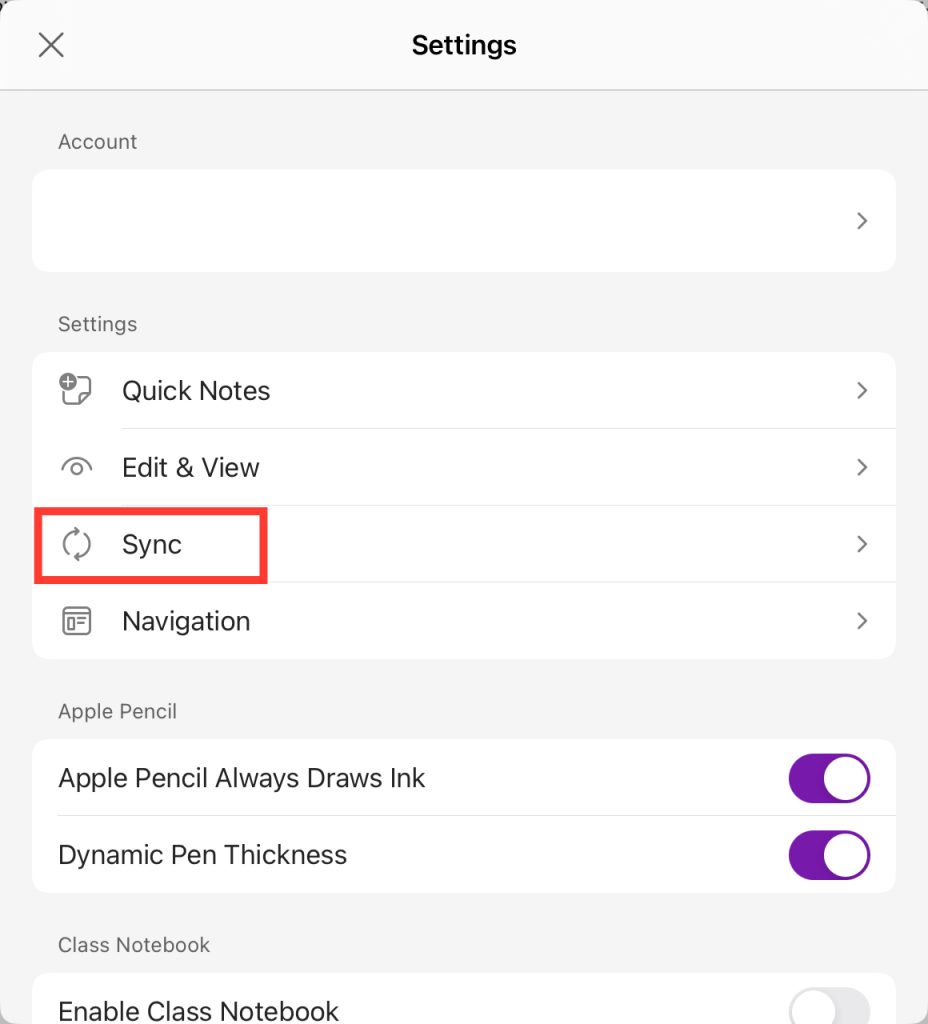Key Takeaways
-
- Create and organize content in OneNote on iPad by tapping the “+” button to add new notebooks, sections, and pages, and use page templates for structured notes.
- Utilize the Apple Pencil for handwritten notes and drawings, or switch to typing with the on-screen keyboard, with formatting options for customization.
- Insert images or files into your notes for comprehensive documentation, and share pages with others for collaboration or reference.
Why OneNote is the Ultimate Tool for iPad Users
I find that OneNote stands out as the ultimate tool for iPad users. Its seamless integration with the iOS ecosystem coupled with the robust features of the Microsoft Office suite makes it an unparalleled choice for anyone seeking an organizational edge. Unlike other note-taking apps, OneNote’s binder-like structure—with its sections and tabs—mirrors the familiarity of a physical notebook, while offering the digital benefits of searchability, sharing, and infinite space. Plus, with full cross-platform sync support, it ensures that my notes are always accessible, no matter where I am or what device I’m using.
The interface is particularly user-friendly; it takes almost no time for me to adapt to its layout and start maximizing my productivity. Additionally, the app leverages the iPad’s features such as handwritten notes with the Apple Pencil, making it an excellent choice for visual thinkers and those who prefer to write by hand. I admire how OneNote respects my workflow while also presenting a canvas for creativity and organized thought.
Installing and Opening OneNote on Your iPad
Installing and accessing OneNote on my iPad is a snap. I start by tapping the App Store, where I search for Microsoft OneNote.
With a tap of the ‘GET’ button, the app is swiftly downloaded. Upon opening the app from my home screen, I’m greeted with a sign-in prompt.
Here, I simply enter my Microsoft account credentials. If I don’t have an account, creating one within the app is straightforward and only takes a few moments.
Once logged in, I can immediately view my existing notebooks, search for additional ones, or, if it’s my first time, create a new notebook to start my digital note-taking journey. The process is intuitive, quick, and requires no technical prowess, making OneNote accessible to even the most tech-averse individuals.
Creating Your First Notebook and Section
When it’s time to create my first Notebook on OneNote, I simply tap the “+” button. I’m prompted to give it a name – this could be anything from ‘Work Projects’ to ‘Personal Recipes’. Then, I choose where to save it, like on OneDrive or SharePoint, which allows for easy access across multiple devices, or opt to keep it local on the iPad if my focus is on privacy.
I proceed by adding a new section within my notebook. It’s akin to creating a chapter within a book, and I tap the “+” button in the section bar for this purpose. I could label it ‘Meetings’ within my ‘Work Projects’ notebook, for example, giving structure to my notes. By organizing my notebooks and sections right from the start, I ensure a smooth and efficient note-taking process down the line.
Table of Contents
Navigating the OneNote Interface Like a Pro
Understanding the Ribbon and Toolbar Features
The ribbon and toolbar within OneNote on my iPad act like a command center for all my note-taking activities. I see the ribbon as my primary navigation tool. It sits at the top, displaying tabs like ‘Home,’ ‘Insert,’ and ‘Draw’. Each tab reveals a set of features that allow me to format text, insert tables, images, or even audio recordings, and utilize drawing tools for sketches or handwritten notes.
As for the toolbar, I find it incredibly handy for quick access to my most-used features like the pen tool, highlighter, or eraser without having to dive into menus. Customization is a breeze too; I can personalize the toolbar to keep the functions I frequently rely on within easy reach. It’s especially useful when I’m in a rush to jot down information during meetings or when creativity strikes unexpectedly.
Mastering the Use of Pages, Sections, and Notebooks
To truly harness the organizational power of OneNote on my iPad, I think of Notebooks as my overarching categories – each representing an area of my life or work. Within these, Sections serve as subdivisions, similar to chapters in a book, while Pages are where the specifics go – my actual notes, sketches, and annotations.
I typically create Pages within Sections by tapping the “+” icon at the bottom of the screen. For instance, under my ‘Travel’ notebook, I might have sections like ‘Itineraries’ and ‘Packing Lists,’ with individual pages for each journey I plan. I can easily reorder pages by pressing and dragging them, optimizing my workflow. Utilizing subpages by indenting pages below a main one helps me keep detailed notes organized without cluttering my view.
To make sure I’ve mastered the structure, I remind myself to consistently use descriptive titles for Notebooks, Sections, and Pages. This helps in quick retrieval with the search feature – saving me the hassle when I need to locate specific information in a jiffy. By mastering this structure, I ensure my notes are not only well organized but also a breeze to navigate.
Advanced Note-Taking Techniques on the iPad
Leveraging Handwriting-to-Text Conversion for Faster Notes
One feature of OneNote on my iPad that I find particularly remarkable is the handwriting-to-text conversion. This functionality utilizes the iPad’s touch capabilities and the precision of the Apple Pencil, allowing me to jot down notes by hand and then convert them into typed text.
This not only caters to the tactile feel of writing but also offers the neatness and versatility of digital text. I sometimes take notes in meetings by hand for speed and later convert them to text to finalize and share with colleagues. The conversion is quite accurate, even with my rushed handwriting.
To use this feature, I simply write with my Apple Pencil and then select the ‘Lasso Select’ tool to circle my handwriting. Next, I tap the selected writing and choose ‘Ink to Text’ from the pop-up menu. It’s almost like magic watching my scrawls become crisp, typed text that’s perfect for professional documents or lengthy note sections. This feature has saved me tremendous amounts of time in transcribing notes.
Integrating Multimedia Elements for Richer Content
In my experience, OneNote on the iPad comes to life when I integrate multimedia elements into my notes. The capability to enrich text with images, audio recordings, and video clips transforms a simple page of notes into a dynamic information hub. I can drag and drop photos directly from my iPad’s gallery or use the ‘Insert’ tab to add Online Pictures.
Furthermore, I can capture audio notes on-the-go, which is invaluable during interviews or lectures where I can record and take written notes simultaneously. This dual-note technique enables me to review material more thoroughly at a later time.
The ‘Insert’ tab is also where I find the option to add online videos. By embedding a video, I essentially anchor that resource into my notes – perfect for tutorials or presentation references. OneNote accepts a wealth of multimedia formats, ensuring that my notes aren’t just a plain text landscape but a rich, multi-layered canvas. The blend of text, visuals, and audio caters not only to various learning styles but also enhances recall and comprehensibility of the notes I take.
Overcoming Common Challenges While Using OneNote on iPad
Troubleshooting Synchronization Issues
As fantastic as OneNote is on the iPad, synchronization issues can occasionally occur, potentially leading to data inconsistencies or loss. From my experience, there are a few steps I often take to troubleshoot these problems. First, I ensure that my iPad has an active internet connection, as syncing requires connectivity.
Next, I check if I’m logged into the correct Microsoft account, the one associated with the OneNote notebooks I’m trying to sync. A simple mistake in the account details can lead to sync failures.
If the issue persists, I navigate to OneNote’s settings, go to the ‘Sync’ section, and manually trigger a sync to see if that resolves the issue. Sometimes, just restarting the OneNote app, or in more stubborn cases, my iPad itself, kicks the sync process back into gear.
For persistent sync issues, I explore the OneNote web version to check if my notes are updated there, indicating that the problem might be localized on my iPad. On rare occasions, I’ve needed to uninstall and reinstall the app, which tends to be the last resort and often fixes any lingering sync issues.
Finding Workarounds for iPad-Specific Limitations
Despite its many strengths, using OneNote on an iPad can sometimes come with limitations that require creative workarounds. I’ve found that certain features available on the desktop version are not present on the iPad app, such as detailed page templates or advanced tagging systems.
When I encounter a feature not supported on the iPad, my go-to workaround is to make use of the OneNote web app or the desktop version to access the full array of features. For instance, I might set up complex templates on my desktop and then continue to work on the notebook from my iPad.
Additionally, I sometimes combine the use of third-party apps to fill the gaps. For example, detailed drawings or diagrams that are difficult to create in OneNote for iPad are made in a drawing app and then imported into my OneNote pages.
Another workaround is to use additional cloud services for file storage when OneNote’s storage options don’t meet my needs. I’ll store files on a service like Dropbox or Google Drive and then link to those files within my OneNote pages.
These workarounds, while not ideal, allow me to leverage OneNote’s advantages on the iPad while overcoming the device-specific challenges.
Evaluating the iPad Experience: Comparing OneNote to Other Apps
OneNote versus Competitors: Key Differences for iPad Users
As I have used OneNote alongside various other note-taking apps on the iPad, I’ve noticed several key differences that set it apart. OneNote provides an unparalleled level of integration with Microsoft’s ecosystem, which can be particularly beneficial if I am already using tools like Outlook or Microsoft Teams. Its freeform canvas approach stands out, allowing me to place text boxes, images, and drawings anywhere on the page, as opposed to the linear, top-to-bottom structure of most note apps.
In contrast, some competitors specialize in handwritten notes and offer more stylus options and features like palm rejection, which can make them more appealing to users primarily using Apple Pencil. These apps may also have superior organizational systems like tagging which OneNote lacks in the mobile version.
However, OneNote’s superior syncing capabilities across various platforms, including Windows and Android, makes it a more versatile choice for someone who works with multiple types of devices. The extensive functionality and familiarity for Windows users are compelling reasons for its favorability among a diverse user base.
To summarize, while competitors might offer better customization for handwriting and more sophisticated note structuring options, OneNote’s comprehensive sync support and seamless integration with other Microsoft apps provide a distinct advantage for users who value cross-platform accessibility and deep integration with their workflow.
Choosing the Right Note-Taking App for Your iPad
In my journey to find the right note-taking app for my iPad, I consider my unique requirements and workflow. OneNote is a strong contender for its robust organizational system, excellent multi-device synchronization, and the ability to seamlessly integrate with other Microsoft Office products. It’s ideal for those who rely heavily on the Office suite for work or school and need their notes accessible across various devices.
When choosing an app, I also look at the type of content I’ll be creating. For complex, multimedia-rich notes that include audio, video, and files, OneNote’s capabilities are top-notch. However, if I prioritize handwriting and drawing, I might explore other applications that offer superior stylus features and sketching tools.
Furthermore, people who treasure simplicity and minimalism in note-taking might find OneNote’s wide array of features overwhelming, leading them to opt for a more streamlined app. Personal preference plays a significant role here, as the right tool should align with how I think and organize my thoughts.
Ultimately, the decision comes down to striking a balance between feature set, usability, and ecosystem compatibility. Whether for professional, educational, or personal use, finding the right note-taking app on the iPad ensures that the notes I take are not only recorded but become a natural extension of my thinking process.
FAQ: Mastering Microsoft OneNote on iPad
How Do I Efficiently Migrate from Other Note-Taking Apps to OneNote?
To efficiently migrate from another note-taking app to OneNote, I first export the notes from my current app in a commonly compatible format like .pdf, .docx, or .html. Next, I import the files into OneNote either by dragging and dropping them into the notebook or by using the ‘Insert’ function to attach files. For bulk migrations, I use OneNote’s import tool available on the desktop version, which often supports direct imports from popular apps like Evernote. Remember to organize the imported notes into notebooks and sections within OneNote to maintain a clean structure from the get-go.
Can I Access My OneNote Files Offline on Multiple Devices?
Yes, I can access my OneNote files offline on multiple devices. Before going offline, I make sure the notebooks I need are fully synced and set to be available offline on each device. This way, changes made offline will sync once I’m reconnected to the internet. However, keep in mind that offline access may not be available for all content types or in all circumstances, especially with the free version of OneNote, which relies on cloud storage.
What Are the Best Practices for Organizing Notebooks in OneNote?
The best practices for organizing notebooks in OneNote include using a clear and consistent naming convention, categorizing notebooks by topics, and breaking them down into sections and pages for finer details. It’s essential to regularly review and reorganize your notes, utilize tags for easy searching, and archive completed or outdated content. Leveraging the color-coding feature to visually distinguish between notebooks and sections also aids in quick identification and navigation.
Is It Possible to Customize the OneNote Interface on iPad?
Customizing the OneNote interface on iPad is somewhat limited compared to the desktop version, but there are still ways I can personalize my experience. I can choose between different paper styles or templates for pages, select preferred default fonts, and rearrange pinned notebooks for easier access. For the Apple Pencil users, I can adjust the settings for writing and drawing, including pen thickness and colors. While broader interface customization isn’t available, these changes can still meaningfully tailor the OneNote experience to better fit my workflow.
John Michaloudis is a former accountant and finance analyst at General Electric, a Microsoft MVP since 2020, an Amazon #1 bestselling author of 4 Microsoft Excel books and teacher of Microsoft Excel & Office over at his flagship MyExcelOnline Academy Online Course.


